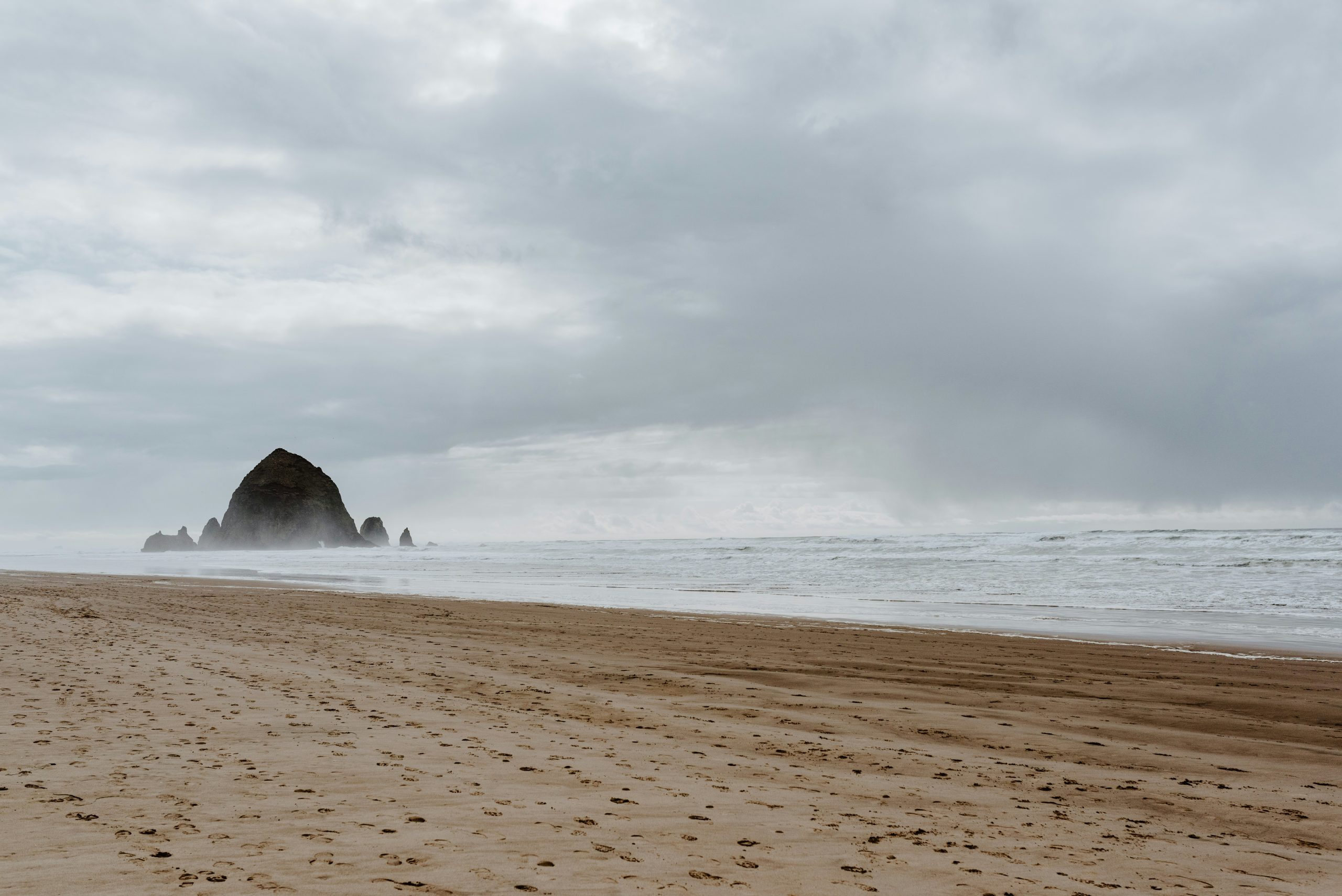Navigating travel insurance and protection methods
Navigating travel insurance and protection methods can be overwhelming for anyone planning a trip. With the multitude of coverage options and policies available, it can be hard to determine what is truly necessary and what is simply a waste of money. But with the unpredictability of travel, having adequate insurance and protection in place can save you from financial and logistical headaches. In this article, we will dive into the ins and outs of travel insurance and share some tips on how to navigate the complex world of protection methods to ensure a worry-free vacation.
Understanding the Basics of Travel Insurance
Travel insurance is a type of insurance that covers unexpected events that may occur during your trip. This can include medical emergencies, trip cancellations or delays, lost luggage, and more. It is designed to provide financial and logistical support in case of any unforeseen circumstances while traveling.
There are various types of travel insurance policies available, and each offers a different level of coverage. Some of the most common types include:
Medical Insurance
This type of insurance covers any medical emergencies that may arise during your trip, such as sickness or injury. It typically includes coverage for hospitalization, medical evacuation, and emergency transportation. It is especially important for travelers going to remote or developing countries where medical facilities may be limited.
Cancellation and Interruption Insurance
This type of insurance provides coverage in case you need to cancel or cut short your trip due to unexpected events such as illness, death in the family, natural disasters, or other unforeseen circumstances. It can help you recoup the cost of non-refundable reservations and fees like flights, accommodations, and tours.
Baggage and Personal Belongings Insurance
As the name suggests, this type of insurance covers any loss, damage, or theft of your luggage and personal belongings while traveling. It can also help replace essential items in case your baggage is delayed or lost by the airline. This type of insurance is especially beneficial for travelers with valuable items or expensive equipment.
Factors to Consider When Choosing Travel Insurance
When it comes to selecting the right travel insurance for your trip, there are a few key factors to keep in mind. These include:
Destination and Activities
The location and activities planned for your trip will greatly influence the type of insurance coverage you need. If you’re going on an adventure-filled vacation, make sure to opt for a plan that includes coverage for high-risk activities such as hiking, diving, or skiing. Similarly, if you’re traveling to a remote or developing country, it’s important to have medical and evacuation coverage.
Length of Trip
The duration of your trip can also play a role in the type of insurance you need. If you’re only taking a short trip, you may not require comprehensive coverage. However, for longer trips or extended stays abroad, it’s essential to opt for a more robust and long-term policy to ensure continuous protection.
Existing Coverage
Before purchasing travel insurance, check if any of your existing insurance policies, such as health or homeowners insurance, offer coverage while traveling. This will help avoid purchasing duplicate coverage and save you money in the long run.
Tips for Navigating Protection Methods
In addition to travel insurance, there are other protection methods you can use to safeguard your trip. These include:
Travel Alerts and Warnings
Prior to booking your trip, make sure to check for any travel alerts or warnings issued for your destination. This can help you avoid traveling to volatile or unsafe areas, which may result in cancellation or disruption of your trip.
Credit Cards with Travel Protections
Some credit card companies offer travel protections, such as trip cancellation and car rental coverage. If you’re planning to pay for your trip with a credit card, check if it includes any travel insurance benefits that can provide additional protection.
Travel Documents and Emergency Contacts
Before embarking on your trip, make copies of your important travel documents, such as your passport, travel insurance policy, and emergency contact information. This will ensure that you have all the necessary information and contacts in case of an emergency.
In Conclusion
Navigating travel insurance and protection methods can be tedious and confusing, but it’s a necessary step for any traveler. By understanding the basics of travel insurance, considering key factors, and using additional protection methods, you can ensure a stress-free and secure trip. Always take the time to research and compare policies before making a decision, and remember to read the fine print carefully to understand the coverage and exclusions thoroughly. With the right protection in place, you can have peace of mind and enjoy your vacation to the fullest.











